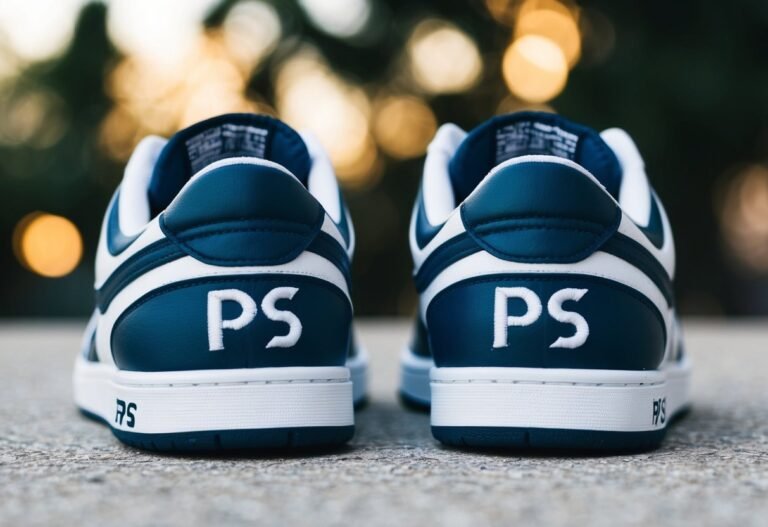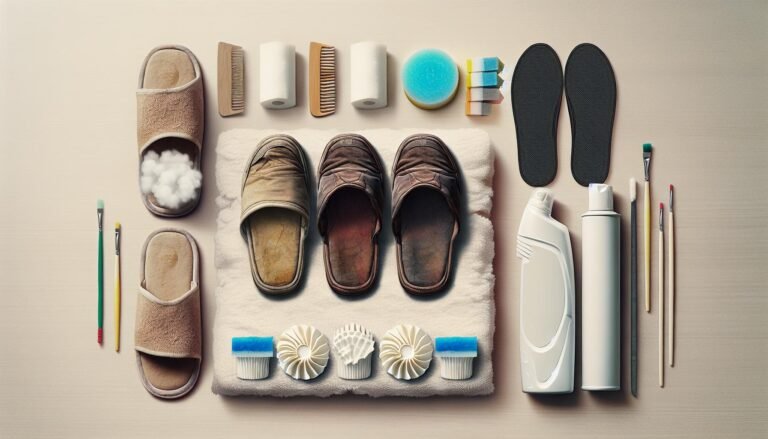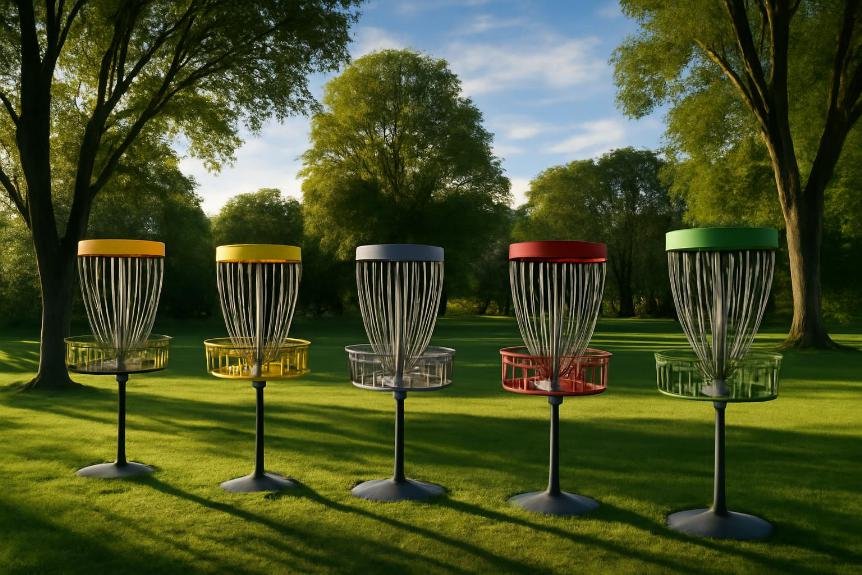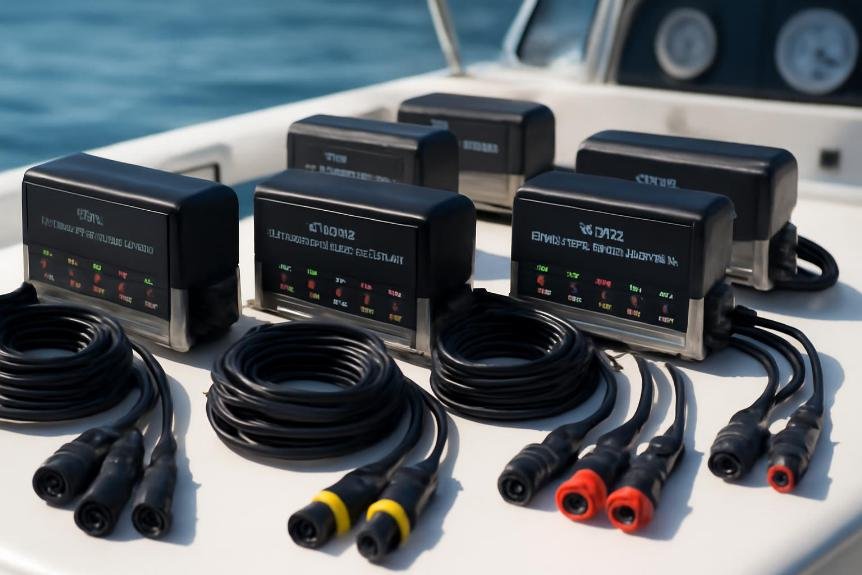Quick Guide: How to Dry Water Shoes Fast & Effectively
Ever found yourself with a pair of soaked water shoes after a thrilling day by the lake or a challenging river trek? I sure have, and I’ve learned that knowing how to dry them properly is crucial. Not only does it prevent that unpleasant damp smell, but it also extends the life of your shoes.
Why it’s important to dry water shoes properly
When I’m back from kayaking, hiking, or just a casual stroll through the streams, the last thing I want is for my trusty water shoes to become a breeding ground for bacteria and fungus. That’s why I take the drying process seriously. Properly dried shoes mean I’m keeping my feet protected from potential infections such as athlete’s foot, which thrives in damp environments.
Preventing Odor is another huge reason to ensure water shoes are thoroughly dried. Let’s face it, no one wants to deal with stinky shoes. The moisture trapped within the shoe fabrics can quickly develop into an unpleasant smell that’s hard to eliminate. By drying my water shoes effectively, I’m keeping them fresh for every adventure.
Then there’s the matter of Material Integrity. Water shoes are designed to withstand wet conditions, but they aren’t immune to the wear and tear that comes with being left wet. The materials can break down over time if they’re not properly cared for, which can lead to the dreaded moment when you realize your favorite pair is no longer functional.
- Drying properly extends shoe lifespan
- It prevents the breakdown of materials
- Ensures shoes remain comfortable and safe
Consistent maintenance of water shoes, including thorough drying, has economic benefits too. When you care for your gear, it won’t need to be replaced as often. This proactive approach saves you money in the long run—money that I’d much rather spend on my next outdoor excursion than on a new pair of water shoes.
Remember, proper shoe care doesn’t stop at drying. Storing your shoes in a cool, dry place away from direct sunlight is also pivotal for maintaining their condition. In my experience, this extra step helps preserve the color and structure of the shoes, ensuring they’re always ready for action.
Taking the time to dry your water shoes correctly is an investment in both your health and your wallet. It’s a simple but essential routine that guarantees more comfortable and durable footwear, enabling endless adventure possibilities.
Materials needed to dry water shoes
Drying water shoes effectively requires a few essential materials, most of which you likely already have at home. Ensuring you have the right tools on hand is the first step to efficiently drying your shoes and preventing unwanted issues like odor and infections.
Firstly, towels are indispensable when it comes to drying water shoes. I recommend using old towels as they’re more absorbent due to frequent washing:
- Microfiber Towels: These have a high absorption rate and dry quickly, which makes them perfect for initial drying.
- Cotton Towels: Perfect for the inner parts of the shoes, as you can roll them up and insert them to absorb moisture from the inside.
Using a fan can significantly speed up the drying process. A floor or desk fan set to a medium speed will circulate air in and around the shoes, facilitating faster evaporation of moisture.
Newspaper is a traditional yet effective material for removing moisture. Crumpling the paper and stuffing it inside the shoes helps draw out water, and it can be replaced as it gets damp to continue the drying process.
In some cases, utilizing shoe trees made of cedar can be beneficial. They not only help the shoes maintain their shape but also play a role in moisture absorption. If you don’t have shoe trees, consider using the microfiber or cotton towels in a similar fashion to help the shoes retain their form.
Lastly, should you have access to one, a shoe dryer can be an excellent investment. These devices are designed specifically to dry out footwear and often come with features that cater to materials used in water shoes.
Here’s a quick list of the materials:
- Microfiber towels
- Cotton towels
- Fan
- Newspaper
- Shoe trees (optional)
- Shoe dryer (optional)
Remember, aim not to expose water shoes to direct heat sources like hair dryers or heaters, as they can damage the materials. Stick to room temperature drying methods for an effective yet gentle approach. With these materials, you’ll be well on your way to having dry, odor-free water shoes ready for your next adventure.
Step-by-step guide to drying water shoes
Once I’ve finished my water activities and have gathered all my essential materials for drying water shoes, it’s time to follow a step-by-step process to ensure they’re ready for my next adventure. Here’s what I do to get my water shoes from soaked to dry without damaging them.
First, immediately after use, I rinse my water shoes with clean water. This removes any chlorine, salt, sand, or debris that may contribute to the break down of the shoe material over time. If they’re particularly dirty, I’ll gently scrub them with a soft-bristled brush.
Second, I grab my microfiber or cotton towels to absorb excess water. I gently pat down the shoes with the towel, being careful not to distort their shape. The faster I remove excess water, the quicker my shoes will dry.
Third, inserting crumpled newspaper inside the shoes helps to absorb moisture from within. Newspaper is a fantastic material because it draws out water and helps maintain the shoe’s form while drying. I make sure to replace the newspaper if it gets too damp.
Next, I place my shoes in a well-ventilated area and let them air dry. A fan can speed up this process significantly, but I avoid placing them in direct sunlight as it can degrade certain shoe materials and fade colors.
If I have shoe trees, I’ll insert them at this stage to keep the shape of the shoes while they dry. This is especially helpful in maintaining the shoes’ form and hastening the drying process.
For those who have a shoe dryer, you’ll want to use this device according to the manufacturer’s instructions. These gadgets can be quite effective, though they’re not necessary for effective drying.
Throughout this process, I make sure to rotate the shoes periodically to expose different areas to the air. This ensures that they dry evenly and don’t develop any damp spots which might lead to odor or material damage. It usually takes about 24 to 48 hours for water shoes to dry fully in good conditions, so I plan accordingly.
Tips for drying water shoes faster
When it comes to drying water shoes quickly, I know a few tried-and-true tips that can cut down on the usual 24 to 48-hour drying time. Time is precious, and if you’re planning to get back in the water soon or simply hate the wait, these tips are golden.
Choosing the Right Environment makes a significant difference. Positioning your water shoes in an area with low humidity and good airflow is key. An air-conditioned room often provides such conditions. If it’s a breezy day, placing the shoes outdoors—but in the shade—can capitalize on the natural airflow without risking damage from the sun’s UV rays.
Using a Fan can dramatically accelerate the drying process. Once you’ve got the shoes set up on a drying rack or hung up, point a fan directly at them. The continuous airflow is incredibly effective at whisking away moisture, creating an effect similar to a gentle, natural breeze. Make sure not to use heat as this can deform the material of the shoes.
It’s no secret that absorbent materials can be beneficial. That’s why incorporating Quick-Drying Towels in the mix can help. Lay the towels out and set the shoes on top of them. The towels won’t just protect the surface beneath but they’ll also pull moisture away from the shoes. Periodically, you might want to switch out the towels if they become too damp.
Lastly, avoiding the temptation to use direct heat sources like hair dryers or radiators is crucial. While they might seem like a quick solution, they can compromise the integrity of your shoes’ material. Stick to the natural methods I’ve mentioned, and you’ll find your water shoes ready for adventure much sooner than you’d expect.
Remember to rotate the shoes if you’re using fans or towels to ensure all parts of the shoes get evenly dried. Patience combined with the right techniques can make all the difference in caring for your water gear.
Conclusion
Drying your water shoes correctly is key to maintaining their condition and ensuring they’re ready for your next adventure. I’ve shared the best practices to get your shoes from soaked to dry while preserving their integrity. Remember, it’s all about gentle care and patience. By following the tips I’ve provided, you’ll extend the life of your water shoes and keep them in great shape. So next time you’re faced with a pair of drenched shoes, you’ll know exactly what to do to get them dry and fresh for another day of fun in the water.











